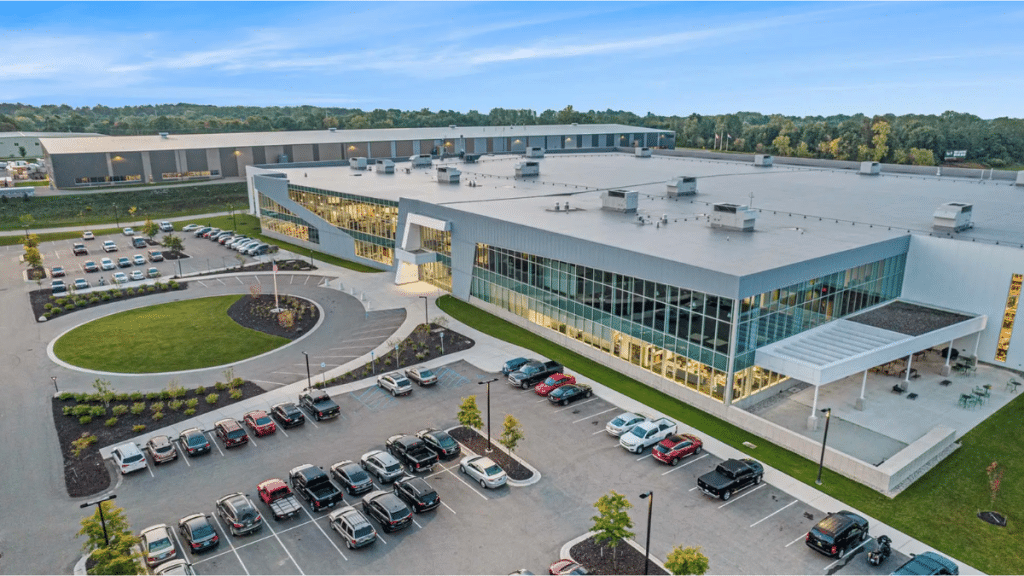An important and essential factor when dealing with large scale commercial installations of metal panels is thermal expansion. Metal reacts to different temperatures by expanding and contracting, and when these moments are not taken into consideration complications can arise in the structures and result in high expenditures in repairing those structures or face the wrath of obvious deformation or even fatal system breakdown. When planning new facades or insulated roof panels, it is known how to predict the thermal expansion, which allows maintaining the durability and the long-term performance of the building envelope.
Understanding the Basics of Thermal Expansion
The essence of thermal expansion lies in the actual tendency of the metal exposed to temperature in terms of physical behavior. Any material that is given the name of metal possesses a coefficient of thermal expansion that is used to show how much the material will either swell up or shrink when it undergoes changes in temperature. This small movement, which may not appear as something important, can become enormous in case of commercial construction affairs, particularly including insulated metal panels.
The factor of thermal expansion is of special concern when the metal panels are used in places under direct sunlight or large temperature variations. Panels may warp, buckle, or stiffen the fasteners and connections without proper design modifications. That is why one should begin to undertake planning expansion as early as when planning the construction instead of letting it during installation.
Planning for Movement in the Design Stage
Selection of the kind of panel and structure is the initial step in dealing with thermal movement. The total expansion per one run can be minimized by utilizing shorter panels which constrains visible distortion and mechanical strains. When longer panels are inevitable, the idea of having the properly placed joints, so that the movement can be controlled, yet still being weatherproofed, should be implemented.
Selection of right fasteners and clips is another vital design consideration to make. An example is the floating clip system which allows panels to slide a little as the panels expand or contract to avoid stress concentrations which will damage these panels or the substrate. Excessive attachment without allowing movement normally creates problems in the long term.
Material Selection and Environmental Considerations
Different metals have different extensions, and thus it is imperative to use a proper metal that will be compatible with the climate in the project. Aluminum as an example has a greater rate in thermal expansion than steel and so during movement it has to be planned more closely. In the same manner darker panel finishes store more heat and could possibly expand greater compared to light finishes and that is one of the considerations to be considered in designing a visible facade.
Design options should also be informed by the environmental issues like the dominant temperatures of the area, exposure to sunlight, and the positioning of the building. In the case of insulated roof panels, it is important to consider the cumulative impact of sun and temperature variations over time, that is likely to compound the movement of large roofs.
Installation Techniques That Support Expansion
Installation that is done well is as important as design to controlling thermal expansion. Installers should follow closely what is stated in the design documents in application of fasteners, sealants, and joints. Fundamentally, even small mistakes can prevent the panel facing movement, resulting in buckling or oil canning, such as over-tightening of fasteners.
You should also make sure that you provide sufficient gaps between panel ends and panel edges. These openings allow room to enlarge, and the openings should be filled up with suitably-designed flashing or trim to keep up a firm pack. Due diligence will also be observed in the installation process ensuring that the whole system is secured against stress caused by temperature.
Maintenance and Long-Term Considerations
Even well thought and installed systems have improved performance when they are maintained regularly to calculate the thermal performance. Sealants can wear out over time and fasteners can become loosened and hence the capability of the system to contain movement sometimes gets diminished. Building inspecting stops to examine joints, clips, and flashing would also assist in locating and resolving joint problems prior to carrying the building envelope.
When insulated metal panels and insulated roof panels are incorporated, it adds additional thermal advantages, but does not remove the need to plan towards growth. No learning or co-operation between designers and contractors and even the maintenance team after completion continues the orderly movement of heat within the structure of buildings.
It is the reality of thermal expansion in large metal panels systems, but with proper consideration by the designer, the hazard can be turned into an anticipated element and properly planned. Material behavior, considered design techniques, and accurate installation deterrence are some of the techniques in which construction teams can utilize commercial metal facade and roofs to be resilient, appealing, and long-lasting over the years to withstand the moving numbers on the thermometer.
